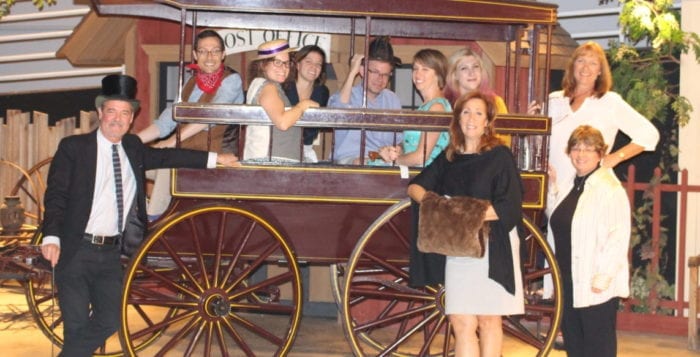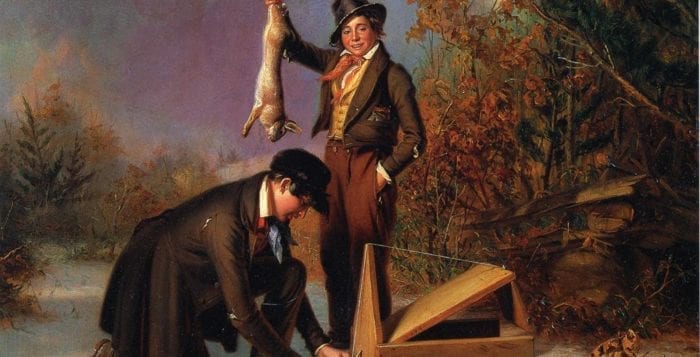By Susan Risoli
Prohibition made the 1920s roar. Long Island was the center of all the glamour and danger of that whirlwind time, as we now know from Midnight Rum, a new exhibit on display through Sept. 4 at The Long Island Museum in Stony Brook.
“Being on a coast and having so many inlets, Long Island was a natural” for running illegal alcohol, said LIM Executive Director Neil Watson. Proximity to New York City was another factor. The exhibit, which Watson described as “unusually stimulating and rich,” reveals the daring and ingenuity of people making the most of an era that lasted from 1920 to 1933. “When alcohol was banned, it flourished,” he said, “but it flourished in a different way.”
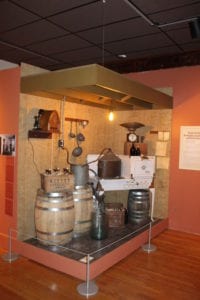
A massive car built for adventure greets the visitor to the gallery. Was this 1927 Ford Model T touring car one of the vehicles involved in illegal activity? We don’t know for sure. But memories and newspaper accounts reveal that similar Model Ts were the car of choice for smuggling booze. The one in the LIM show is a black chariot with a black leather interior. The running board alone could hold a small gang, and the button-tufted back seat looks made for shenanigans.
Assistant curator Jonathan Olly said he originally wanted to find a rum runner boat to display. He found someone willing to loan one for the exhibit. But the motorboat was just a foot too wide to fit into the gallery. “It was a disappointment,” he recalled.
After contacting multiple car collecting clubs and individuals, “some of whom are very elderly,” Olly turned up the Model T in the exhibit. The owner was willing to drive it out to Stony Brook from Bayside, Queens — no easy journey, given the distance and the car’s top speed of 40ish miles per hour. “We lucked out,” Olly said.
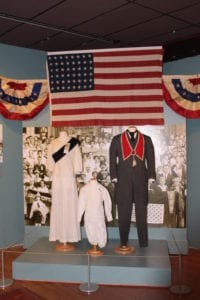
Olly and his colleagues found the perfect accompaniment to the car: vintage wooden crates just like those that would have been used to store liquor, “from a guy who sells reconditioned Jeep parts out in Riverhead.” The idea came from a 1924 newspaper article that described a Model T, found in a shed by authorities, with 13 cases of liquor hidden in it.
Midnight Rum is a feast of details. Some are luxurious, some are practical, but no less fascinating. A vignette of objects portraying a speakeasy includes a hand-beaded dress and a beautiful cut-glass bowl for punch (spiked, of course). A still based in somebody’s kitchen occupies another vignette, complete with beautifully preserved stove and the tubs and pots needed to cook up some home brew. Over in the corner, tacked up on the kitchen wall, is another LIM find: actual old recipes, written in carefully cursive penmanship. But this is not your grandmother’s coffee cake recipe. “Place in tub as is, stems and grapes,” says the instructions.
Other vignettes tell the story of the strong connection between the drive to make alcohol illegal and the fight for women’s suffrage. Equally compelling are the artifacts and objects that reveal how women, growing in political savvy and connections, helped lead the movement that ultimately repealed Prohibition.
Midnight Rum is a multimedia exhibit. The sounds of oral histories, projected on a screen, draw the viewer in. A short film on the perils of drink is entertaining, while it explains the thinking and emotions that led to Prohibition in the first place. The film’s string- and woodwind-filled score might be familiar to anyone who remembers the Little Rascals or Bugs Bunny.
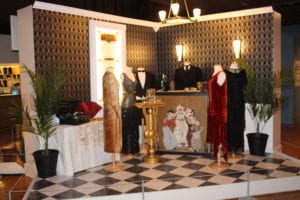
Olly said although Long Island played a key role in what he called “a very extreme moment in American culture, when alcohol suddenly became illegal,” there were challenges in putting the exhibit together. “Everyone has some sort of anecdote about Prohibition,” he said, but often anecdotes are … well … only anecdotal. Finding all the objects needed to tell the story properly was a complex task, he said, and consequently “a lot of the objects are borrowed. It’s not a story we could tell without a number of lenders.”
Olly and his colleagues found parallels between the Prohibition era and today’s America. There was economic inequity, with poor people being affected more directly by the alcohol ban than their wealthy counterparts who could afford to stockpile liquor or frequent fancy speakeasies.
Many of the alcohol brewers of the time, in the New York metropolitan area, were German-American. And saloons were important places for Italian and German immigrants to gather, to find out about work and socialize in what Olly called “a public drinking culture.”
“There was some anti-immigrant sentiment, a nativism,” he said. “There were issues of citizenship — who should have access to resources and who shouldn’t.”
The Long Island Museum, 1200 Route 25A, Stony Brook will present in the Visitors Center through Sept. 4. The museum is open Thursday through Saturday 10 a.m. to 5 p.m., and Sunday 12 to 5 p.m. Regular admission is $10, $7 for seniors and $5 for students ages 6 to 17. Children under 6 and museum members are admitted free. For more information, call 631-751-0066 or visit www.longislandmuseum.org.

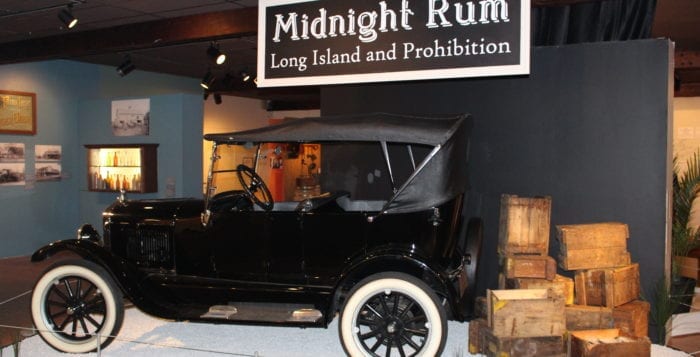



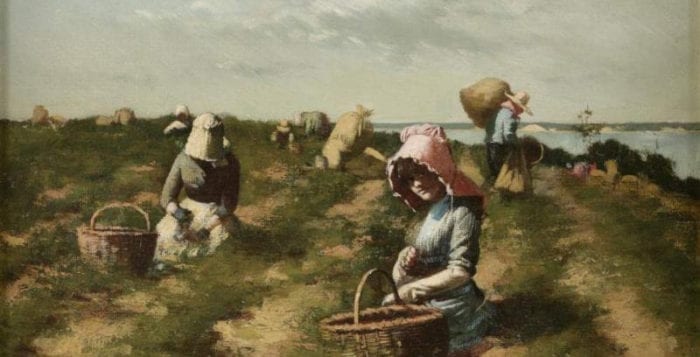
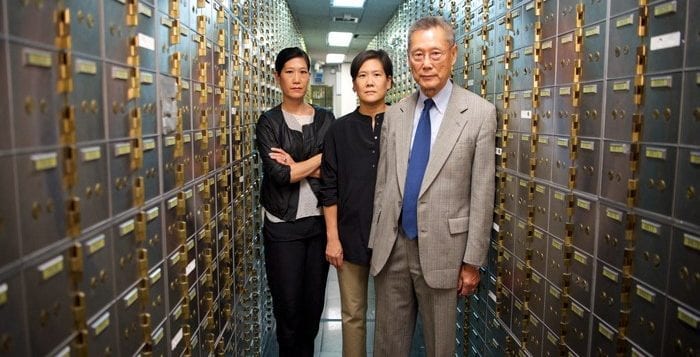

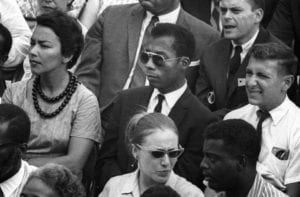
 ▶ “The Uncondemned,” the second film in the series, will be screened at Theatre Three on March 20. Both a real-life courtroom thriller and a moving human drama, the documentary tells the gripping story of a group of young international lawyers and activists who fought to have rape recognized as a war crime and the Rwandan women who came forward to testify and win justice for the crimes committed against them. The film won the Brizzolara Family Foundation Award for a Film of Conflict and Resolution and the Victor Rabinowitz and Joanne Grant Award for Social Justice at the Hamptons International Film Festival. Co-sponsored by the Africana Studies Department at Stony Brook University. Guest speaker will be director Michele Mitchell.
▶ “The Uncondemned,” the second film in the series, will be screened at Theatre Three on March 20. Both a real-life courtroom thriller and a moving human drama, the documentary tells the gripping story of a group of young international lawyers and activists who fought to have rape recognized as a war crime and the Rwandan women who came forward to testify and win justice for the crimes committed against them. The film won the Brizzolara Family Foundation Award for a Film of Conflict and Resolution and the Victor Rabinowitz and Joanne Grant Award for Social Justice at the Hamptons International Film Festival. Co-sponsored by the Africana Studies Department at Stony Brook University. Guest speaker will be director Michele Mitchell.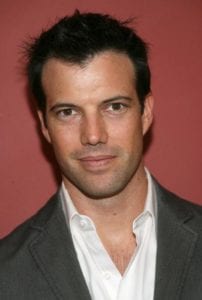

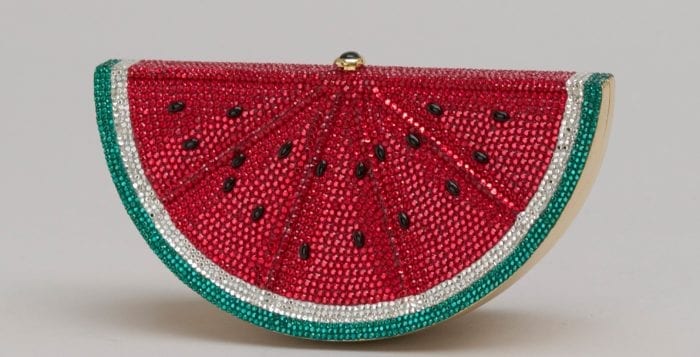
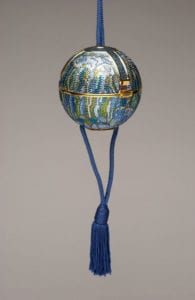



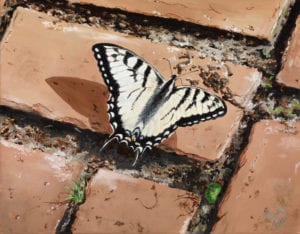

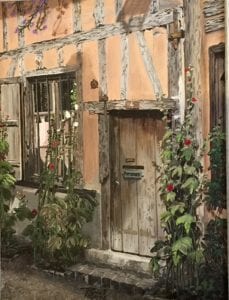

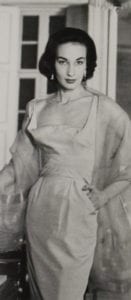
 WINTER HOURS FOR THE LIM: The Visitors Center of the The Long Island Museum, 1200 Route 25A, Stony Brook will be open from Jan. 5 to 29 from Thursday to Saturday from 10 a.m. to 5 p.m. and Sundays from noon to 5 p.m.; closed from Jan. 30 to Feb. 1. The Carriage Museum will be open from Feb. 2 to 18, Thursday to Sunday from noon to 5 p.m. and again on Feb. 23 from 11 a.m. to 5 p.m. The Art Museum is closed through Feb. 1. For further information, please call 631-751-0066 or visit www.longislandmuseum.org.
WINTER HOURS FOR THE LIM: The Visitors Center of the The Long Island Museum, 1200 Route 25A, Stony Brook will be open from Jan. 5 to 29 from Thursday to Saturday from 10 a.m. to 5 p.m. and Sundays from noon to 5 p.m.; closed from Jan. 30 to Feb. 1. The Carriage Museum will be open from Feb. 2 to 18, Thursday to Sunday from noon to 5 p.m. and again on Feb. 23 from 11 a.m. to 5 p.m. The Art Museum is closed through Feb. 1. For further information, please call 631-751-0066 or visit www.longislandmuseum.org.